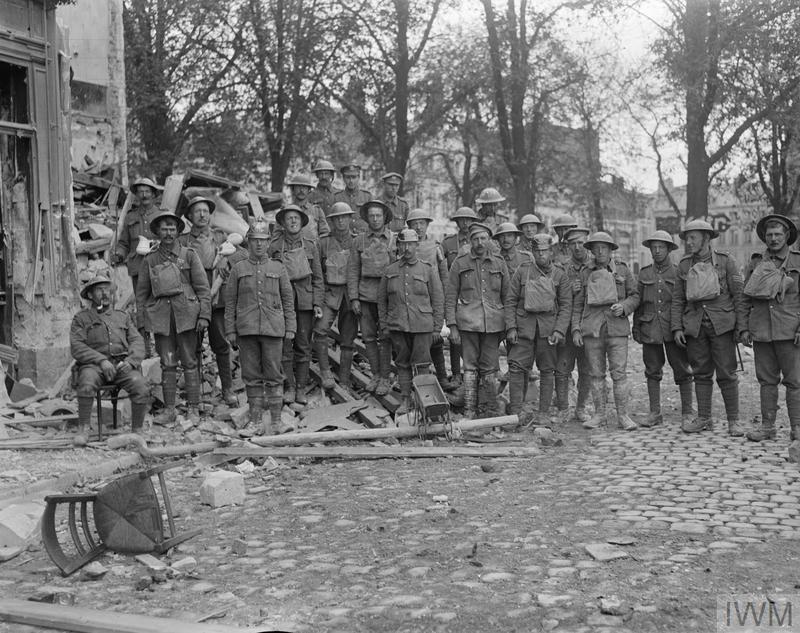

Ludendorff’s five great battles of the spring and early summer had seen the Germans advance well beyond the line, but now they were back in place.

Operation Alberich saw the Germans withdraw to the new shorter stronger front line in four days (March 1917).
#Hundred days offensive series#
To the Germans this was the Siegfried Stellung (the Siegfried Position), a series of defensive zones constructed over the winter of 1916-17 twenty five miles behind the then front line on the Somme. The Germans had been forced back to the strong defensive line they had held at the start of 1918, known in English as the Hindenburg Line.

The great success of the battles to clear the salients encouraged Marshal Foch to launch his great triple offensive. The Germans were caught in the process of evacuating the salient and after some fierce fighting the Americans captured 13,000 German prisoners and cut off the salient. This was the first major battle fought by the American army since their arrival in France. Mihiel (12-13 September), south of Verdun. The final salient to be cleared was at St. The most important feature of this battle was that it saw entire German units collapse for the first time during the war. The second phase of the battle ( battle of Bapaume) saw the Germans forced back to the line of the Somme, and then to the Hindenburg Line, their starting point back in March. Ludendorff described 8 August as the “Black Day of the German Army”. This broke through the German lines, destroyed six divisions and forced the Germans back nine miles in one day. The battle of Amiens began on 8 August with a surprise tank attack by the British Fourth Army (Rawlinson). This had been created during the second battle of the Somme, and extended over the old Somme battlefield of 1916, past the Somme River and almost to Amiens. The next step was the elimination of the Amiens salient. By the time the French offensive ended, the Germans had been pushed back to the line of the Aisne and Velse rivers. The final German offensive, the Champagne-Marne Offensive, 15-18 July, made very little progress, and on 18 July the German salient (Château-Thierry or Marne salient) was attacked from the west ( Aisne-Marne Offensive, 18 July-5 August). The Hundred Days began with a French counter-attack. Even if that succeeded, there was every chance that the Germans might choose to defend their own borders, leaving the final campaign still to be fought. If the initial attacks went well, then Foch hoped to launch a major offensive that he hoped would push the Germans back off French soil. This was to begin with a series of attacks designed to eliminate the salients in preparation for a final campaign in 1919. As the German offensives began to run out of power, Foch began to plan the Allied counterattack. One result of the crisis caused by the first of the German offensive ( second battle of the Somme), had been the appointment of Marshal Foch as commander-in-chief of all Allied armies on the Western Front. They had failed to achieve their main objective, which had been to separate the British from the French and capture the channel ports, and had drained much of the strength out of the German army. The stalemate on the Western Front had been broken by the great German offensives of the spring and summer of 1918, which had pushed the Allies back up to forty miles and created a series of huge salients in the Allied line. The Hundred Days (18 July-11 November 1918) was the final Allied offensive of the First World War on the Western Front.


 0 kommentar(er)
0 kommentar(er)
